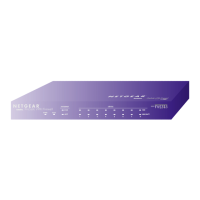
Do you have a question about the NETGEAR VPN and is the answer not in the manual?
| Brand | NETGEAR |
|---|---|
| Model | VPN |
| Category | Network Router |
| Language | English |
Explains VPNs as secure networks for private data, accessible via the internet or private networks.
Details IPSec as an IETF standard suite providing data authentication, integrity, and confidentiality.
Covers IPSec's authentication, integrity, and confidentiality features for secure data transfer.
Explains core IPSec components: ESP for encryption, AH for integrity, and IKE for key management.
Compares IPSec's Transport Mode (payload protection) and Tunnel Mode (full packet protection).
Details IPSec key management using IKE and the setup of Security Associations (SAs).
Guides users on gathering essential information before starting VPN configuration.
Explains VPN gateway roles and the importance of public/private network interface addressing.
Emphasizes the need for proper firewall rules to permit VPN tunnel traffic.
Outlines the sequence of steps involved in IPSec SA negotiation for tunnel establishment.
Lists critical parameters for IKE Phase I and Phase II required for VPN setup.
Provides methods for testing VPN functionality and common troubleshooting steps.

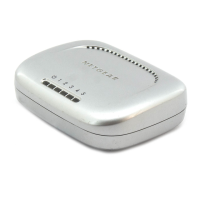

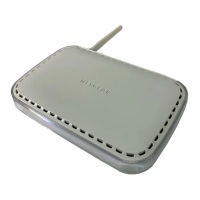
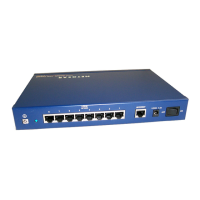
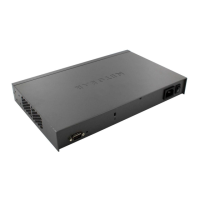
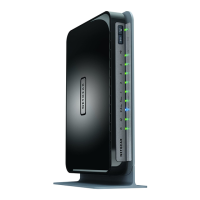
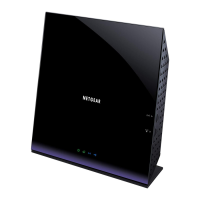
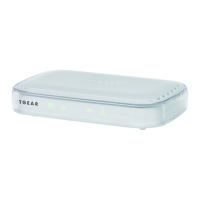
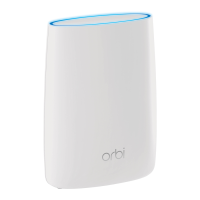
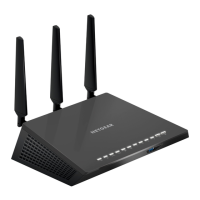
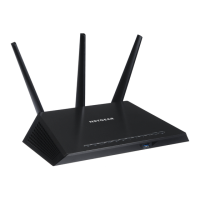
